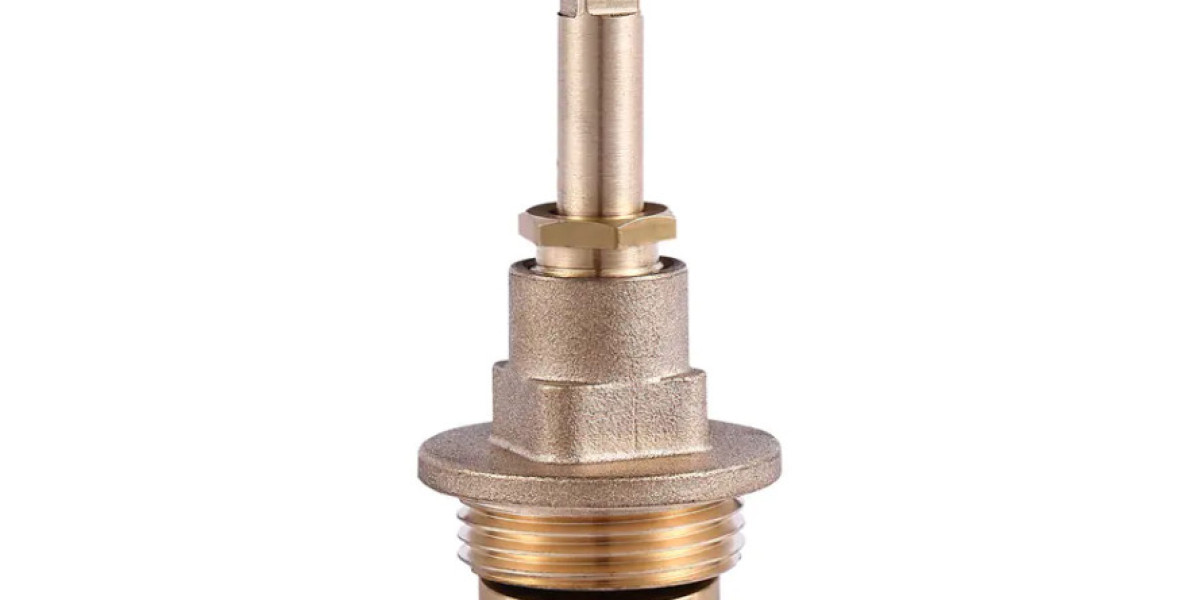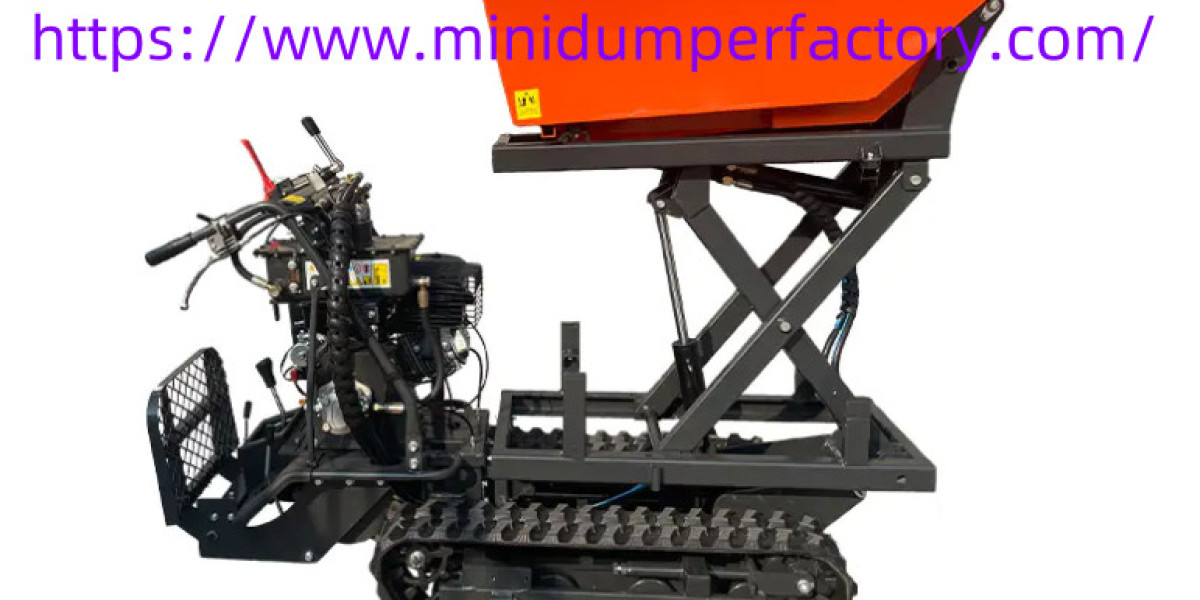When using a faucet, especially in kitchens or bathrooms, one of the most noticeable aspects of comfort and functionality is how smoothly it transitions between hot and cold water. A Copper Faucet Valve Core that hesitates, sticks, or suddenly jumps from cold to hot can be frustrating and potentially unsafe. The internal mechanism responsible for this temperature control is the valve core, and its material and design play a vital role in the switching experience.
Brass or copper-based valve cores are commonly used due to their strength and resilience. These cores serve as the foundation of many modern single-handle and dual-handle faucet systems. Their ability to switch smoothly between temperature settings depends on several engineering factors, including precision machining, internal sealing technology, and thermal stability.
One of the key requirements for smooth hot and cold water control is consistent movement within the valve mechanism. The core must rotate or shift without resistance while maintaining a watertight seal. Copper-based alloys, known for their low friction coefficients and excellent machinability, enable faucet manufacturers to create finely tuned components. These parts slide or turn easily within the faucet housing, allowing users to control water temperature with minimal effort.
Temperature consistency is another aspect affected by the valve’s performance. Rapid thermal changes from hot to cold, or vice versa, can cause internal stress. Inferior materials may expand or contract unpredictably, leading to stiffness or failure. However, copper-based valve cores handle thermal shifts better due to their stable molecular structure. This ensures not only smooth motion but also longer lifespan in systems with frequent hot-cold switching.
Another factor is the presence of ceramic disc cartridges, often paired with metal valve cores in high-quality faucets. These discs work in tandem with the core material to regulate flow precisely. The copper or brass provides structural support and corrosion resistance, while the ceramic discs deliver frictionless motion and precise alignment between hot and cold water paths.
Water pressure also influences switching performance. In homes where pressure fluctuates, a poorly designed valve core may stick or react abruptly. A well-constructed copper-based valve mechanism compensates for these changes by maintaining even control, ensuring a gradual and accurate shift in temperature regardless of pressure variation.
It’s also worth noting that the long-term behavior of a faucet is as important as the initial smoothness. Over time, deposits from hard water or internal wear can degrade movement. Copper and brass alloys resist mineral buildup better than many plastics or low-grade metals, allowing the valve to remain smooth and responsive even after years of use.
In summary, a faucet equipped with a well-designed copper alloy valve core is generally very capable of delivering smooth and reliable switching between hot and cold water. Its resistance to wear, thermal expansion, and corrosion contributes to a superior user experience, making it a preferred choice in modern plumbing solutions.



